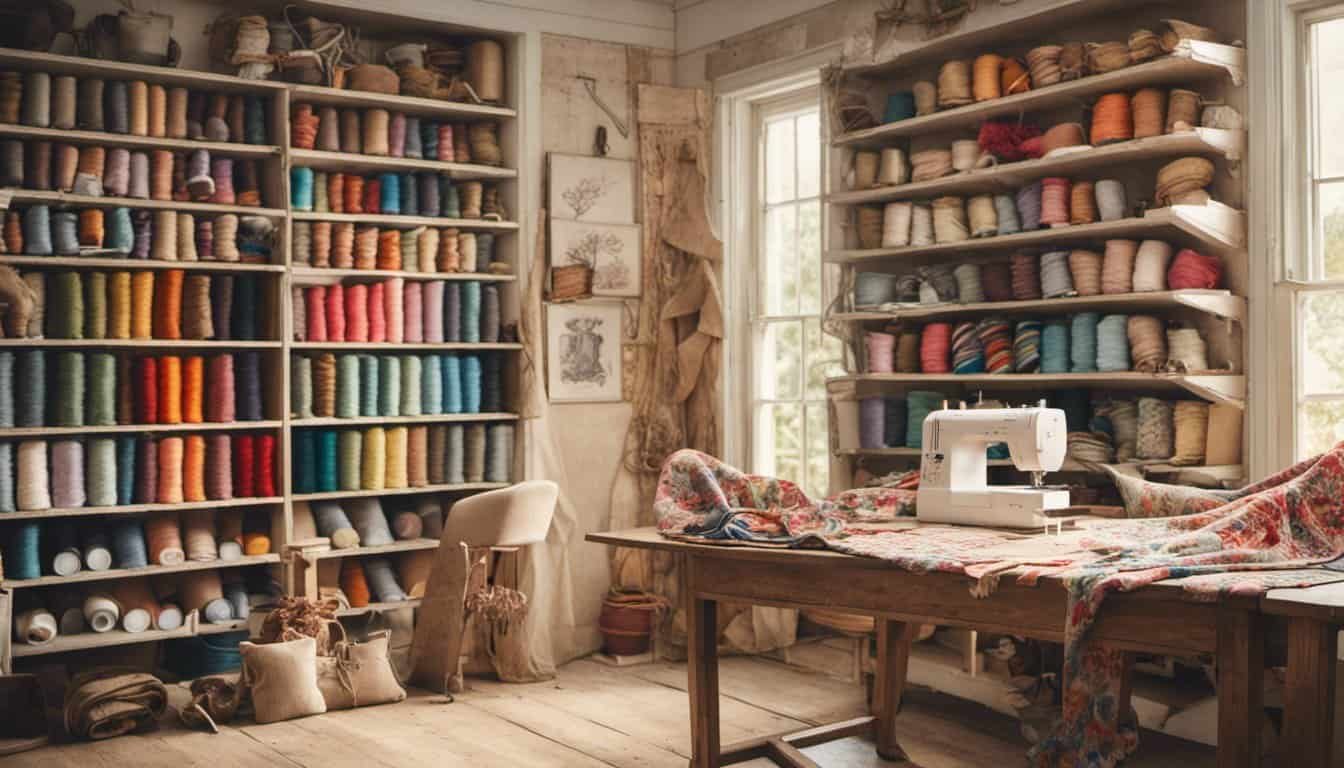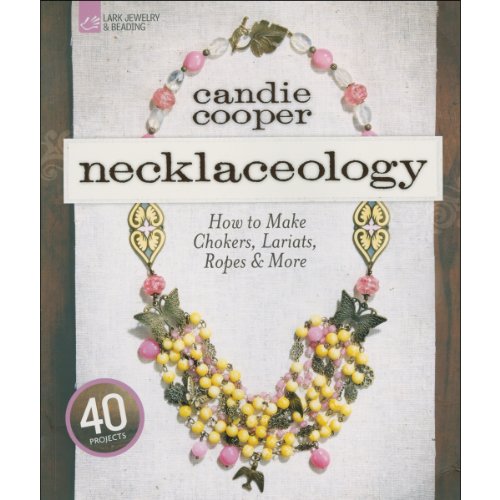Ever wanted to add a sweet, feminine touch to your sewing projects? Sewing a ruffle is a fantastic way to do just that. Whether you’re embellishing a blouse, skirt, or home decor, a ruffle can bring your creations to life.
I know it might seem tricky at first, but with the right techniques and a few helpful tips, you’ll master ruffle sewing in no time. Let’s dive into the simple steps that will make your ruffles look professional and beautiful.
Understanding Ruffles
Ruffles enhance sewing projects by adding volume and texture. I find that understanding different ruffle types helps tailor designs to specific needs.
Types of Ruffles
- Gathered Ruffles: Achieved by evenly distributing fabric with parallel stitches, creating a soft, flowing look.
- Pleated Ruffles: Formed by tightly folding fabric into sharp, consistent pleats, offering a structured appearance.
- Layered Ruffles: Created by stacking multiple ruffles, adding depth and dimension to a piece.
- Reverse Ruffles: Sewn on the reverse side of the fabric, resulting in a subtle, hidden ruffle effect.
Choosing the Right Ruffle for Your Project
Selecting the appropriate ruffle depends on fabric type and desired outcome. Lightweight materials suit gathered ruffles, while sturdier fabrics support pleated styles. I consider the project’s purpose—layered ruffles add drama to garments, whereas reverse ruffles provide discreet details for home decor.
Materials and Tools
Choosing the right materials and tools is essential for creating beautiful ruffles. Here’s what you’ll need to get started.
Fabric Selection
I use lightweight fabrics like cotton, chiffon, or silk for gathered ruffles to ensure they drape softly and create a feminine look. For pleated ruffles, I opt for sturdier materials such as linen or denim to maintain shape and structure. Layered ruffles benefit from a mix of textures, adding depth and dimension to the design. Reverse ruffles work best with smooth, medium-weight fabrics that allow subtle movement without bulk.
Essential Sewing Tools
- Sewing Machine: A reliable machine with adjustable stitch settings ensures precise stitching for consistent ruffle edges.
- Scissors: Sharp fabric scissors provide clean cuts, crucial for neat ruffle folds.
- Measuring Tools: A clear measuring tape and fabric ruler help maintain accurate dimensions for uniform ruffles.
- Pins and Clips: Use non-slip pins or clips to secure fabric layers, preventing shifting during sewing.
- Iron and Ironing Board: Pressing fabrics and seams ensures smooth, professional-looking ruffles.
Step-by-Step Techniques
Mastering ruffle sewing involves precise techniques. Follow these steps to create professional-looking ruffles.
Measuring and Cutting Fabric
Accurate measurements ensure consistent ruffle size. Measure the desired width and length based on your project. Use sharp fabric scissors to cut strips, adding a 1/2-inch allowance for seams. For example, cutting ten 2-inch wide strips for a gathered ruffle creates a full, flowing effect. Lay strips flat and align edges before sewing.
Creating the Gathered Edge
Gathering fabric adds volume to ruffles. Sew two parallel lines 1/2 inch from the top edge of each strip. Use a long basting stitch to allow easy adjustment. Gradually pull the bobbin to gather the fabric evenly. Monitor the tension to maintain consistent gathers across all strips. Press the gathered edge lightly with an iron to set the gathers without flattening them.
Attaching the Ruffle to Your Garment
Secure the ruffle to your garment for a polished finish. Align the gathered edge with the garment’s seamline. Pin the ruffle in place, ensuring even distribution. Sew the ruffle using a straight stitch, matching the fabric type and thickness. Press the seam allowance inward for a neat appearance. Repeat for additional ruffle layers, spacing them evenly for a layered effect.
Tips for Perfect Ruffles
Achieving flawless ruffles enhances any sewing project. These tips ensure your ruffles look professional and beautiful.
Achieving Even Gather
To create an even gather, start by measuring and cutting your fabric accurately. Use a 1/2-inch seam allowance for consistency. Sew two parallel lines with a long basting stitch, spacing stitches every 1 inch. This technique evenly distributes the gathers across the fabric. Pin the fabric evenly before sewing to maintain uniformity. Practicing on scrap material helps refine your technique before applying it to your project.
Preventing Fabric Stretching
Prevent fabric stretching by choosing the right needle and thread for your fabric type. Select a ballpoint needle for delicate fabrics like chiffon or silk to avoid snags. Use a polyester thread for added strength without compromising flexibility. Stabilize the fabric with lightweight interfacing if needed. Sew at a steady pace, allowing the machine to feed the fabric naturally without pulling. Press the ruffles gently with an iron to maintain their shape and prevent distortion.
Common Mistakes and How to Avoid Them
Uneven Gathers
Inconsistent gathers create a sloppy appearance. I ensure even distribution by sewing long basting stitches uniformly across the fabric.

Incorrect Seam Allowance
Using the wrong seam allowance distorts ruffle size. I always measure a 1/2-inch seam to maintain consistent ruffle dimensions.
Fabric Stretching
Stretching fabric leads to uneven ruffles. I select the appropriate needle and thread for my fabric type and handle the material gently during sewing.
Poor Fabric Choice
Choosing unsuitable fabric affects ruffle appearance. I match fabric weight to ruffle type, opting for lightweight cotton or chiffon for gathered ruffles and sturdier fabrics like linen for pleated styles.
Inadequate Pressing
Neglecting to press ruffles sets them improperly. I press the ruffles with an iron after sewing to maintain their shape and ensure a professional finish.
Misaligned Ruffles
Misalignment results in crooked hems. I align the gathered edge precisely with the garment’s seamline and secure it with pins before sewing to achieve a straight attachment.
Skipping Interfacing
« How to Use an Overlock Stitch Without a Serger: 7 Secrets Every Seamstress Must Know
10 Tricks to Sew a Scalloped Edge by Hand Perfectly Every Time »
Skipping interfacing can cause delicate fabrics to lose shape. I use lightweight interfacing for delicate materials to stabilize the fabric and preserve ruffle structure.
Rushing the Sewing Process
Rushing leads to mistakes and uneven ruffles. I sew at a steady pace, taking my time to ensure each step is accurate and the ruffles turn out beautifully.
Inadequate Measuring
Inaccurate measurements disrupt ruffle symmetry. I double-check all measurements before cutting fabric to ensure ruffles are evenly sized and proportionate.
Using Dull Scissors
Dull scissors create jagged edges. I keep my fabric scissors sharp to achieve clean, precise cuts for smooth ruffles.
Not Testing on Scrap Fabric
Skipping test runs can result in errors. I practice my ruffle technique on scrap fabric to refine my method before working on the actual project.

Ignoring Fabric Grain
Ignoring the fabric grain causes ruffles to hang unevenly. I align the fabric grain correctly when cutting and gathering to ensure ruffles drape uniformly.
Overloading the Sewing Machine
Overloading the machine with too much fabric strains the motor. I guide the fabric smoothly without forcing it, allowing the machine to handle the ruffles efficiently.
Poor Thread Selection
Using the wrong thread compromises ruffle durability. I choose thread that matches my fabric type and ruffle style to ensure strong, neat seams.
Inconsistent Ruffle Width
Inconsistent widths make ruffles look uneven. I measure and cut fabric strips uniformly to maintain consistent ruffle width throughout the project.
By avoiding these common mistakes, I create professional-looking ruffles that enhance my sewing projects beautifully.

Conclusion
Adding ruffles to my sewing projects has truly transformed them into something special. Once I got the hang of choosing the right fabric and mastering the techniques creating beautiful ruffles became second nature. It’s rewarding to see how these simple details can elevate blouses skirts and even home decor. Mistakes happened along the way but each one taught me something valuable. Now I feel confident experimenting with different ruffle styles and materials. If you’re ready to add a feminine touch to your creations give ruffles a try. You’ll be amazed at the difference they make!















